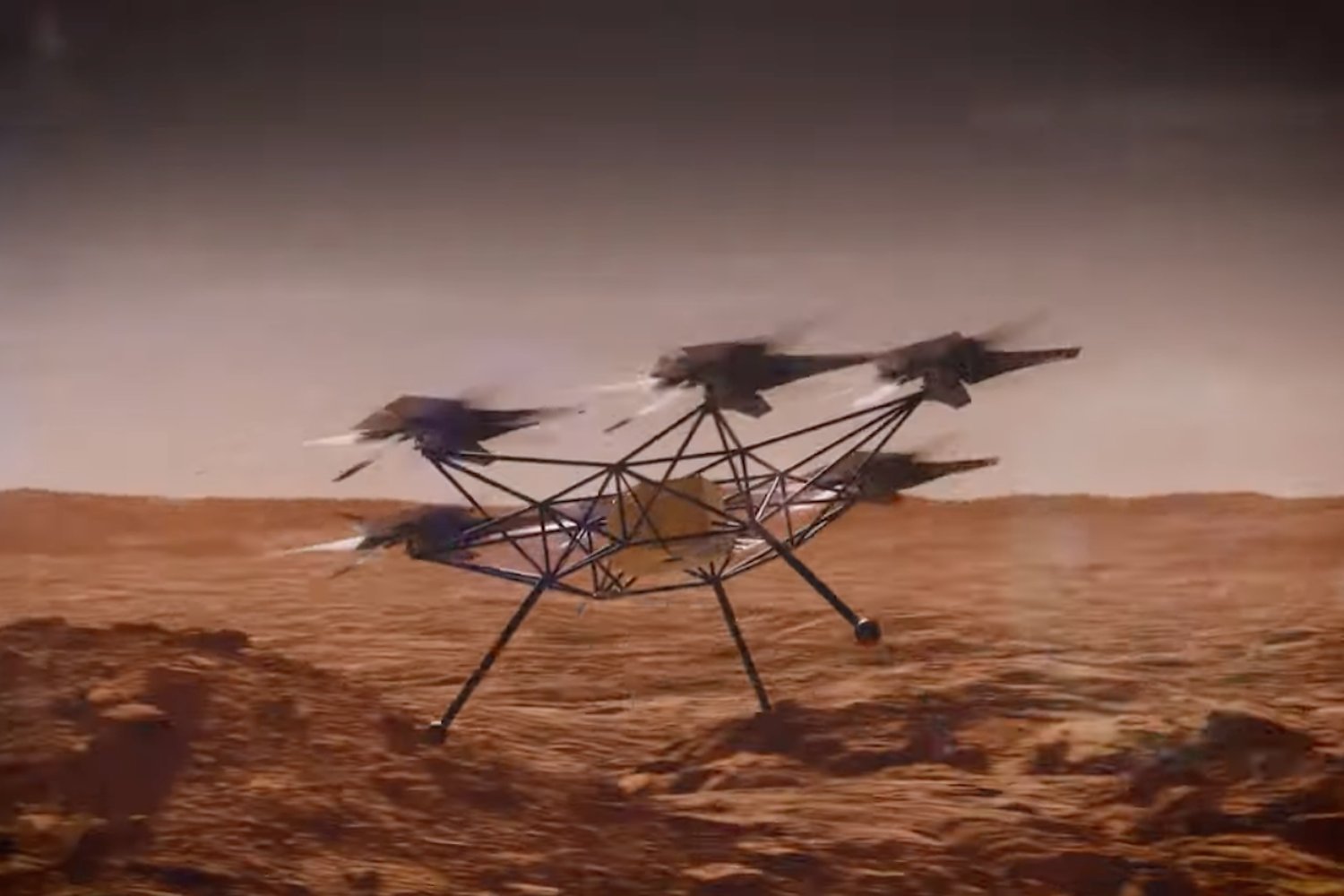Useful information
Prime News delivers timely, accurate news and insights on global events, politics, business, and technology
Useful information
Prime News delivers timely, accurate news and insights on global events, politics, business, and technology

Nearly a year after Ingenuity broke a blade and ended its experimental period on Mars, NASA unveiled a new design concept for the successor to the Mars helicopter, and it’s a comparatively big boy.
NASA’s Mars Chopper, as it is called, is about the same size as an SUV, equipped with six rotors, each of which houses six blades (I already did the math for you, it’s a whopping 36 blades) . The space agency recently revealed a rendering of the helicopter, which is still in its early conceptual and design stages, according to NASA. Teddy Tzanetos, director of the Chopper project, also presented the concept during a briefing at the American Geophysical Union annual meeting in Washington on December 11.
Ingenuity was the first helicopter to fly on another planet, paving the way for more capable helicopters to follow. Its low-cost design and durability are helping NASA design future concepts to explore other planets in a completely new way.
NASA also shared an exciting 30-second animation showing the helicopter flying over the Martian terrain during a possible future mission. The Mars Chopper could carry scientific payloads weighing up to 11 pounds (5 kilograms) to distances of 1.9 miles (3 kilometers) per Martian day, or sol. “Scientists could use Chopper to study large areas of terrain in detail and quickly, including areas where rovers cannot travel safely,” NASA explained.

Wit walked so Chopper could run. The OG Martian helicopter arrived at the Red Planet in February 2021, hidden inside the belly of the Perseverance rover. Shortly after, the 48 centimeters (19 inches) tall, 1.8 kilograms (4 pounds) helicopter became the first powered aircraft to take off from the surface of another planet. Although originally planned to perform only five test flights, Ingenuity went ahead, performing 72 flights and flying 14 times farther than planned for a total flight time of two hours.